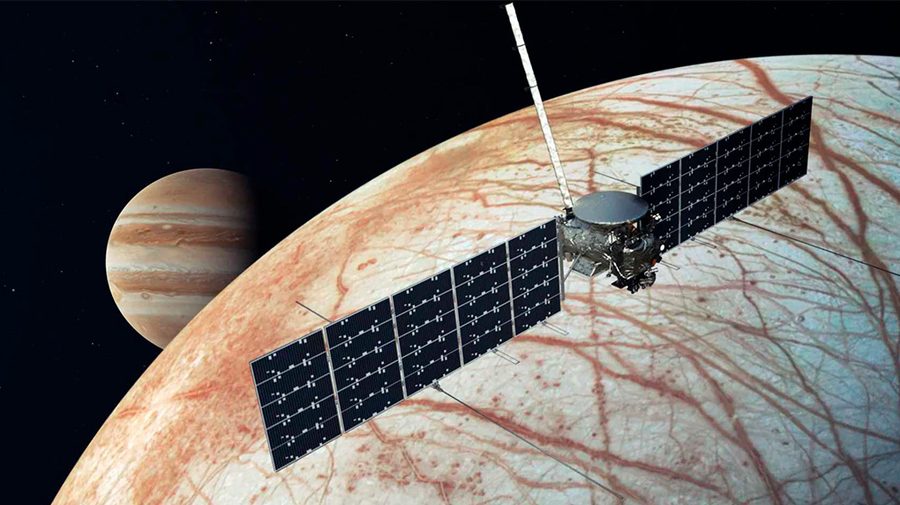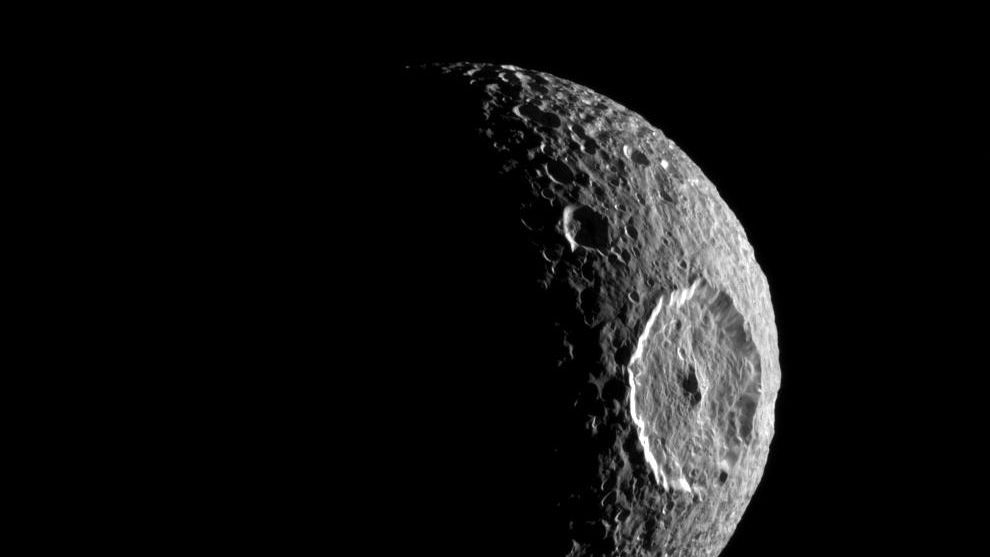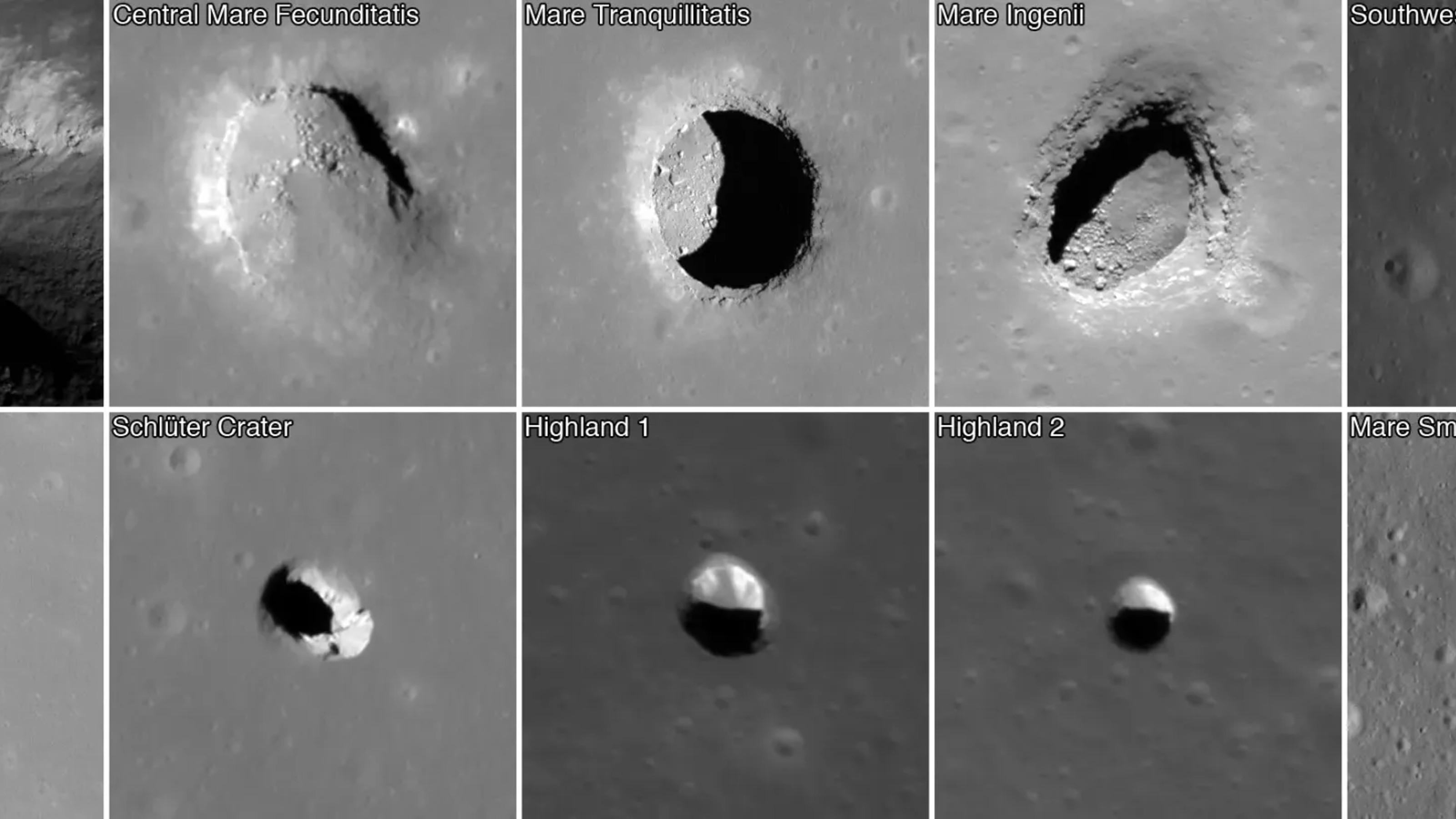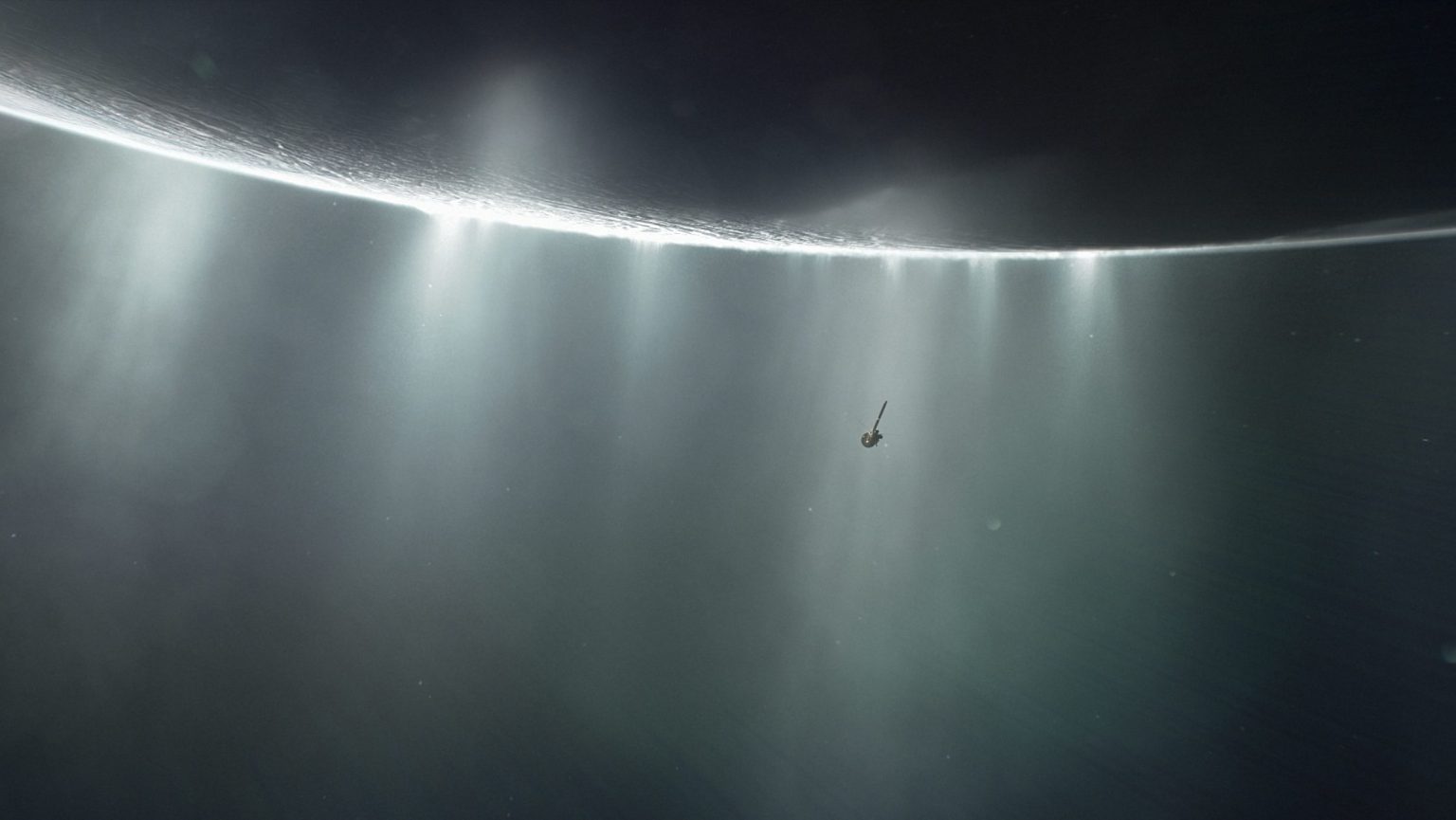Mostly Mute Monday: Enceladus, the erupting snowball moon of Saturn
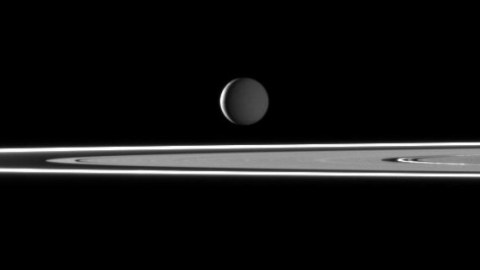
Star Wars’ Hoth has nothing on the real-life version!
“My Lord, the fleet has moved out of lightspeed. Com Scan has detected an energy field protecting an area of the sixth planet of the Hoth System. The field is strong enough to deflect any bombardment.” –General Veers, Star Wars: The Empire Strikes Back
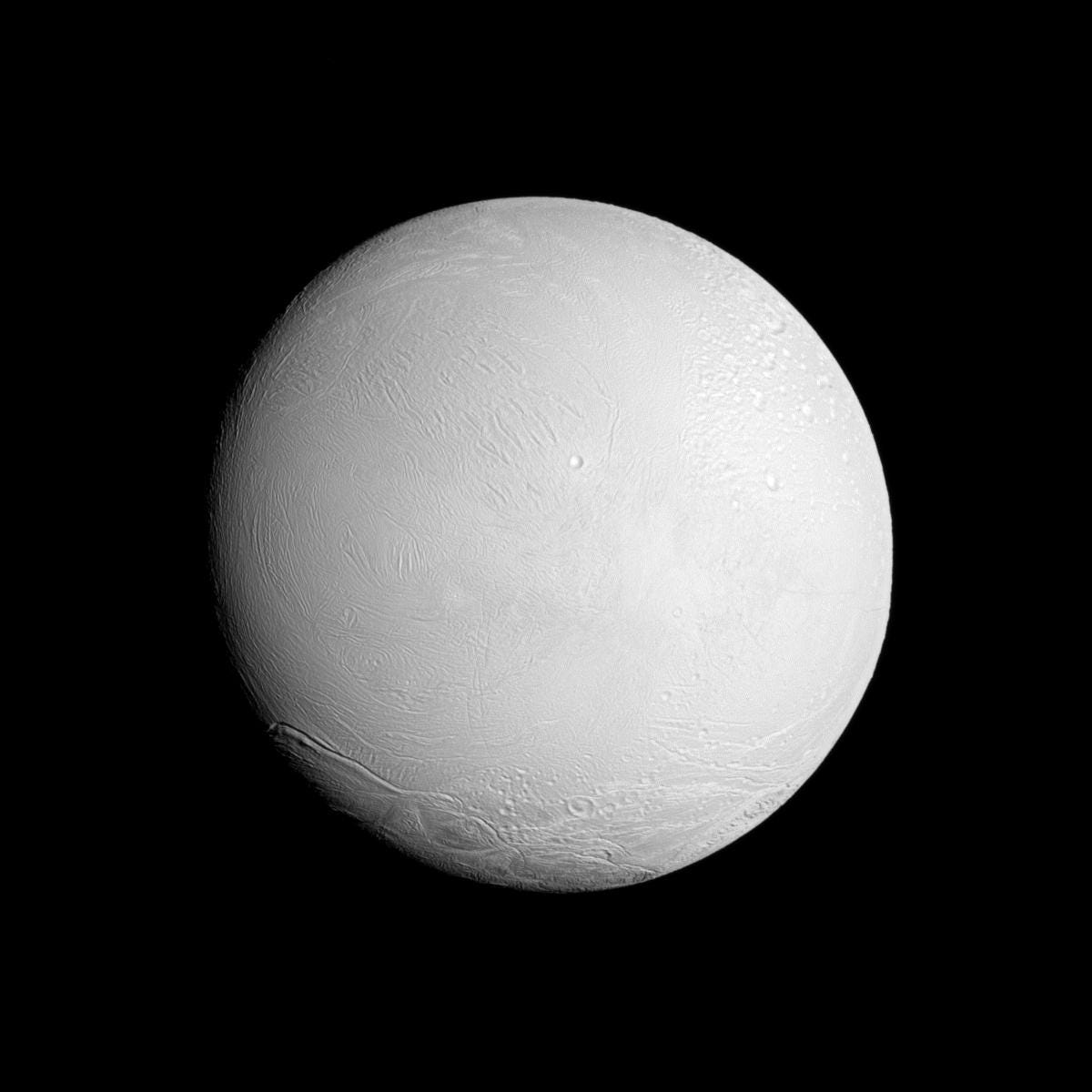
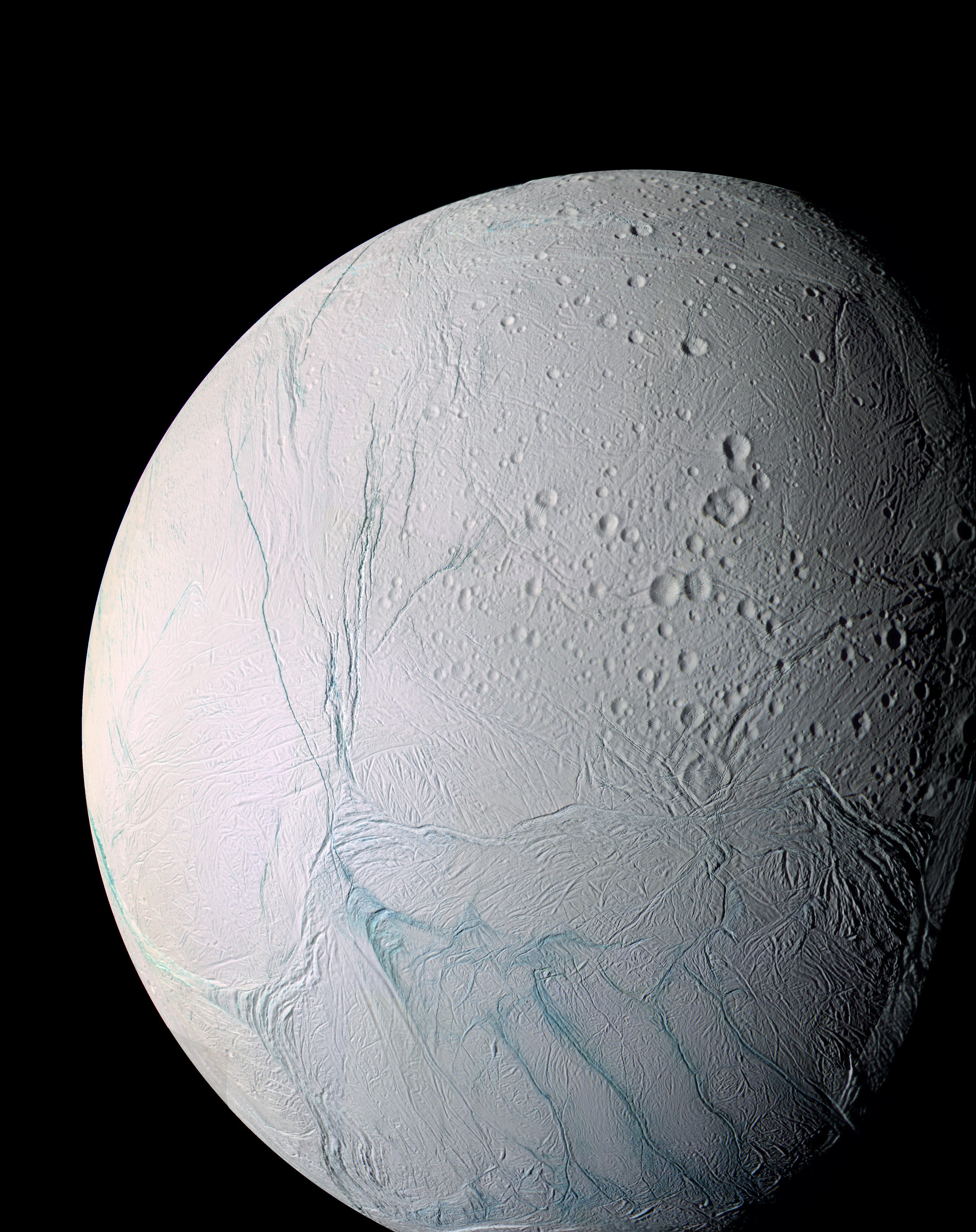
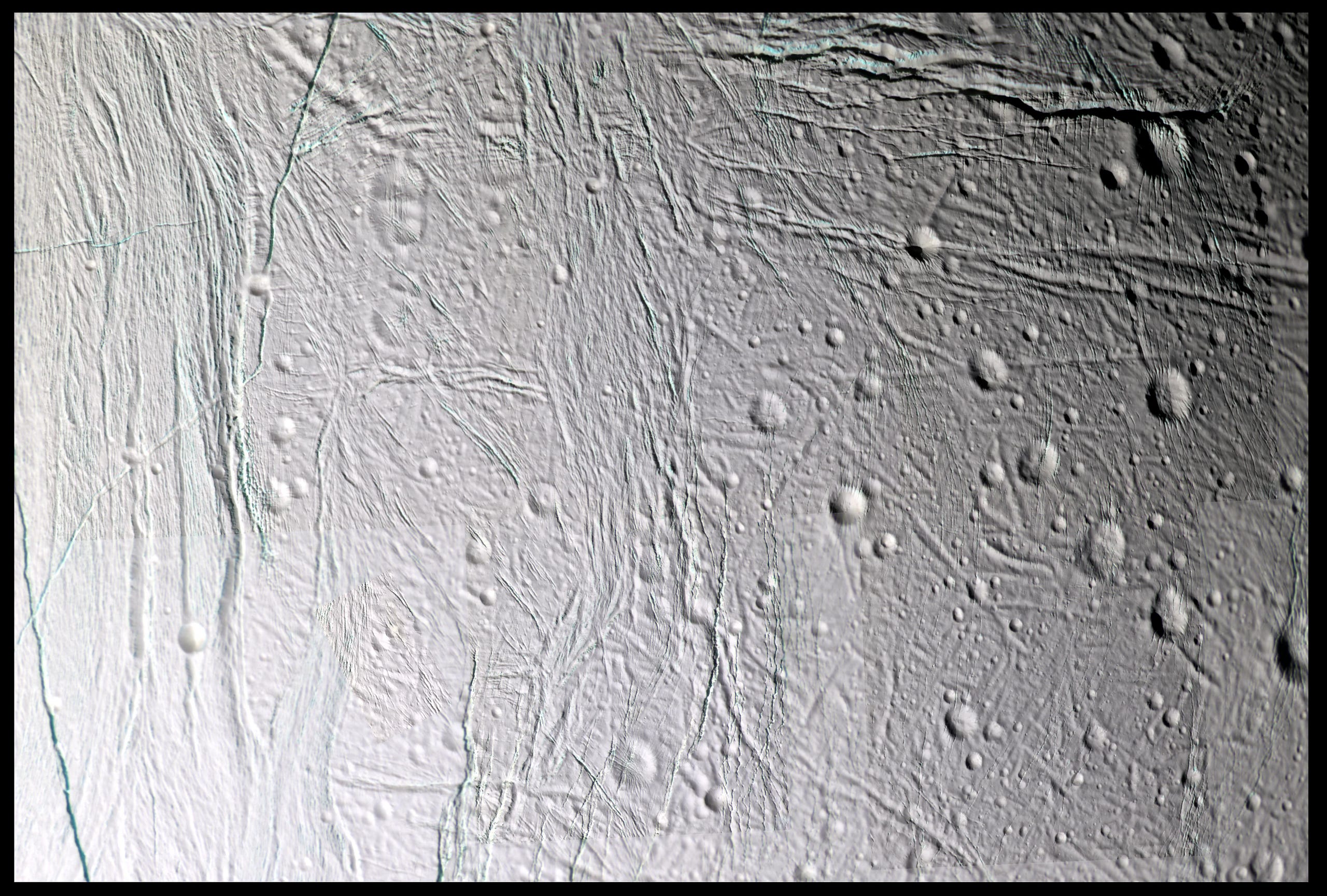
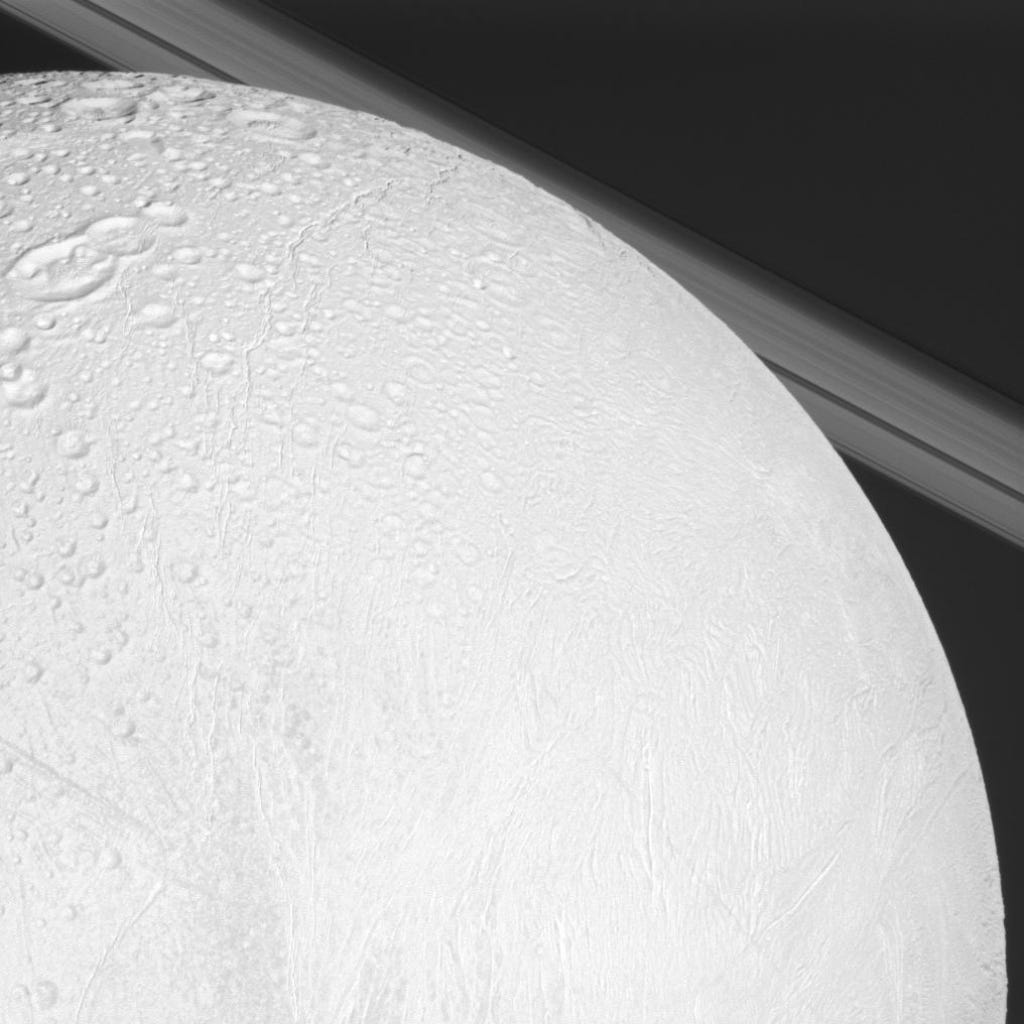
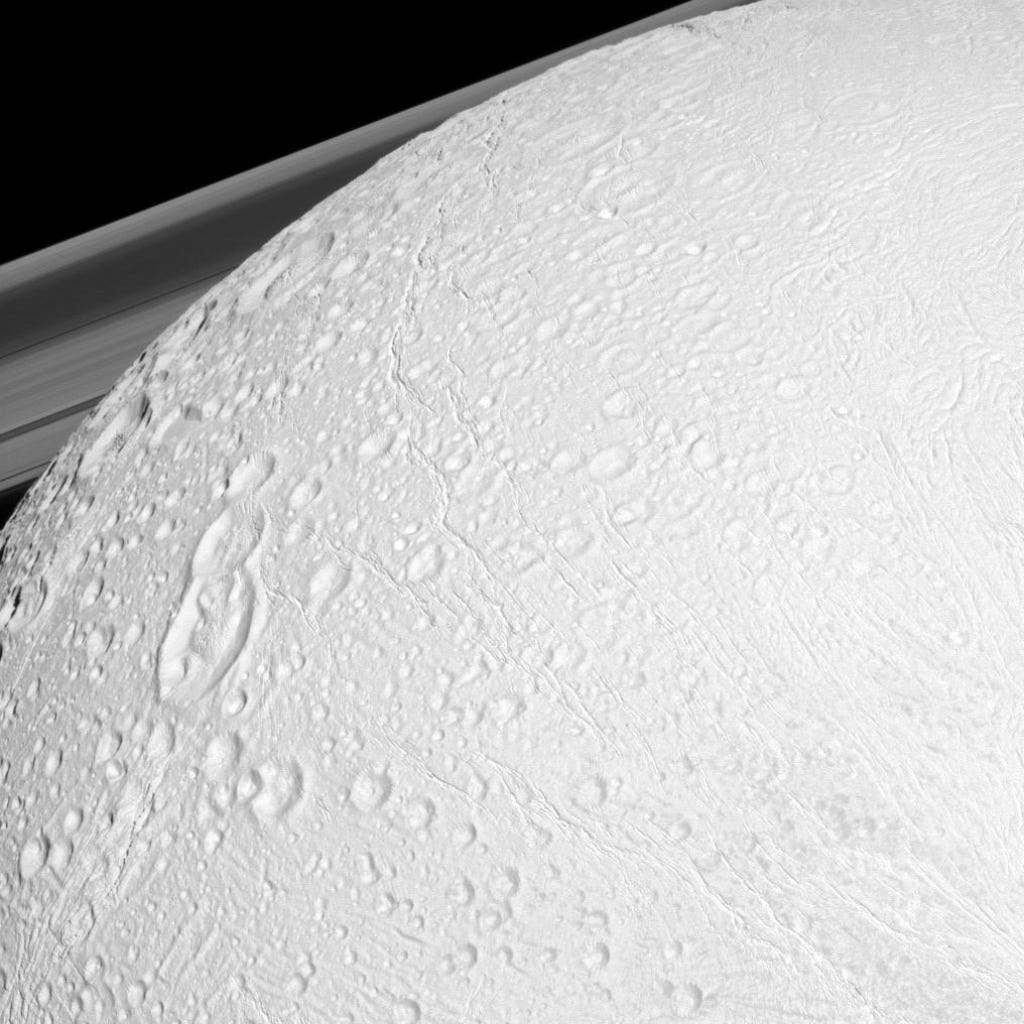
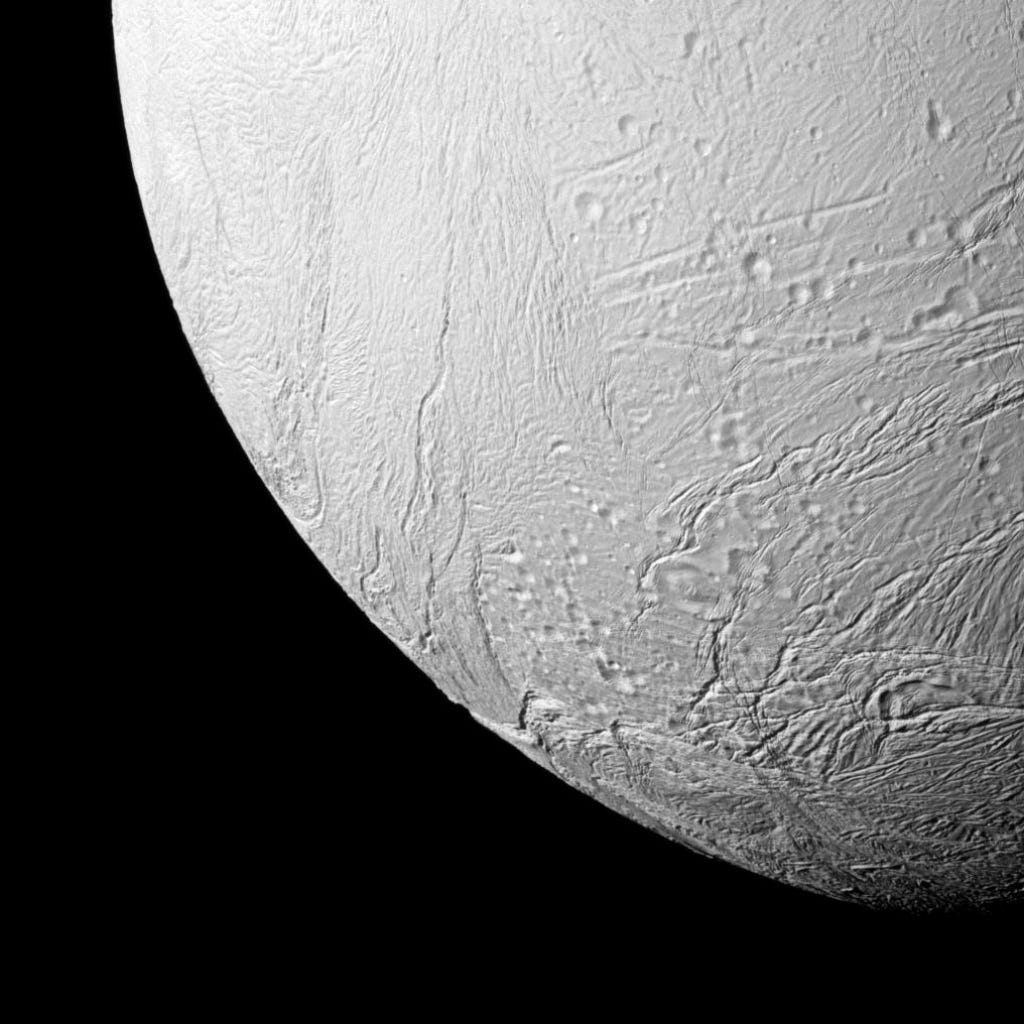
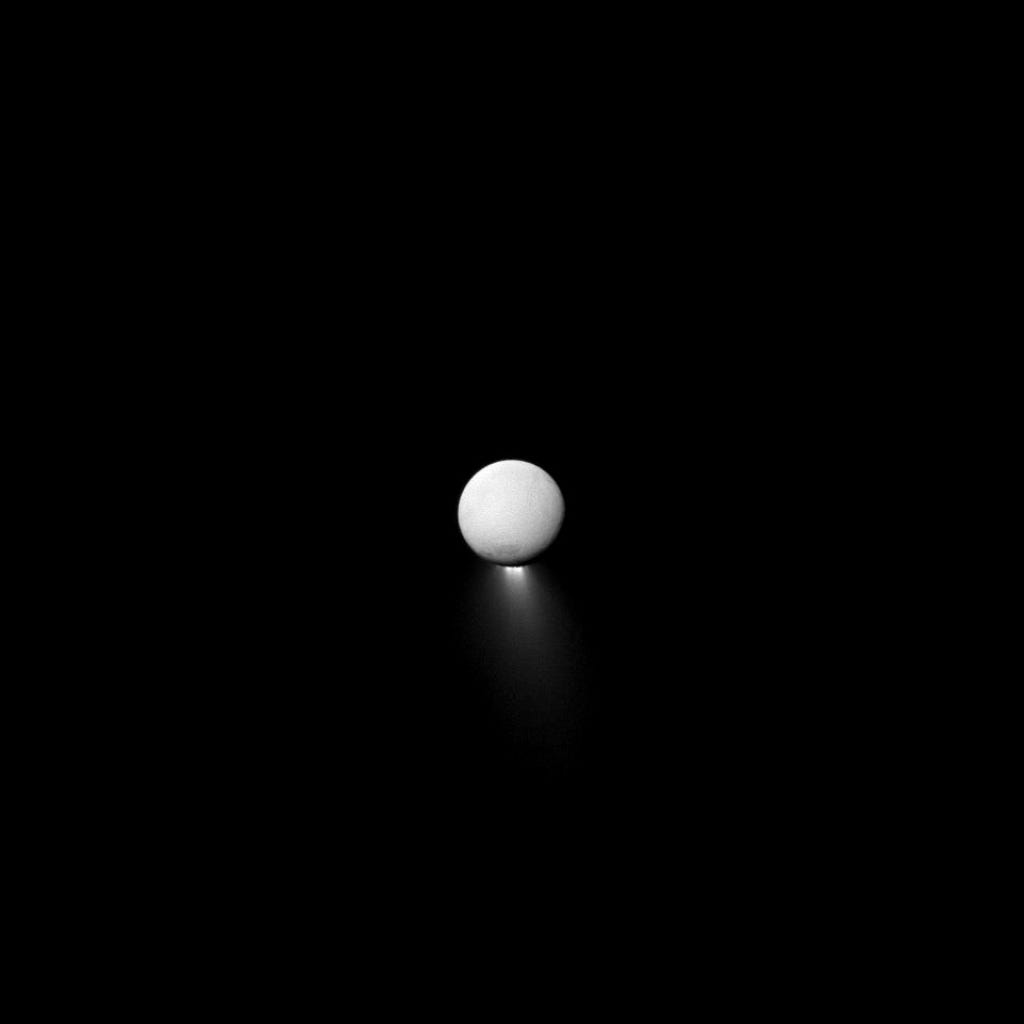
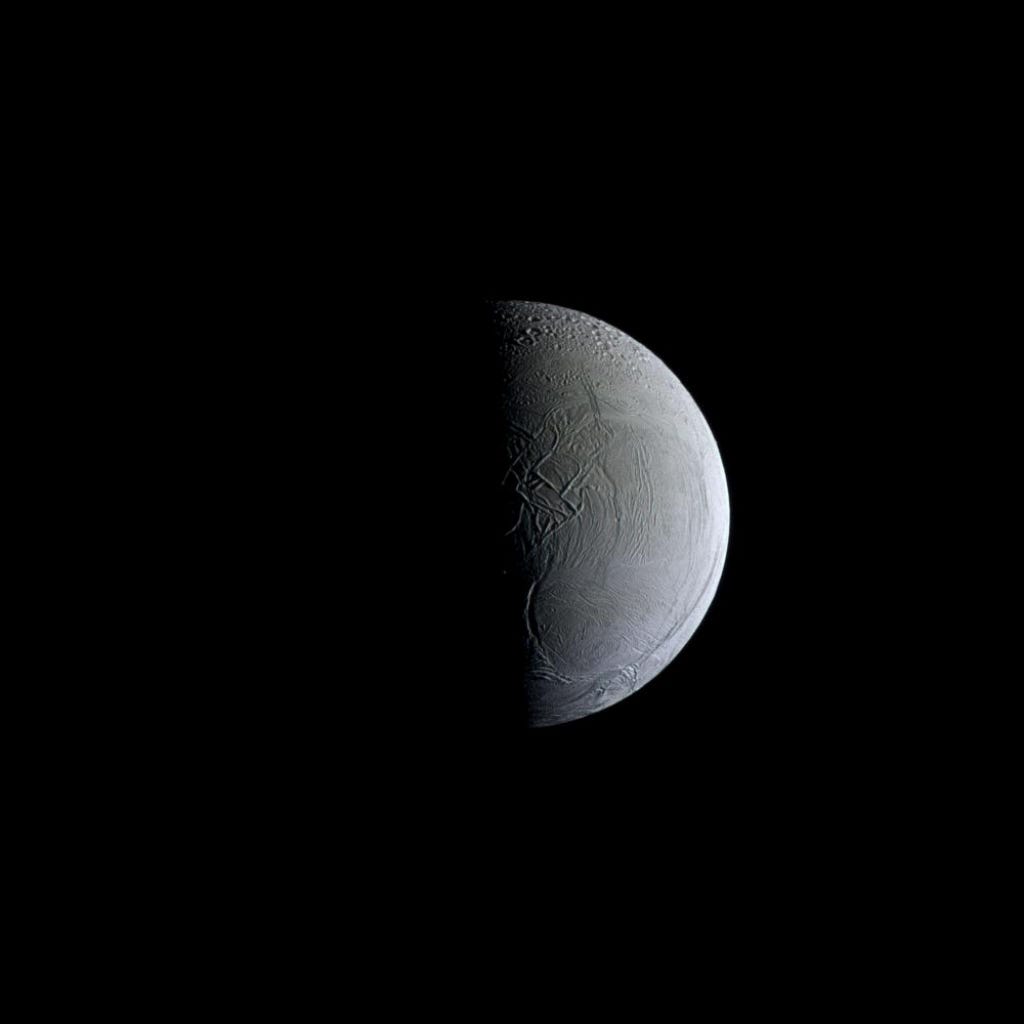
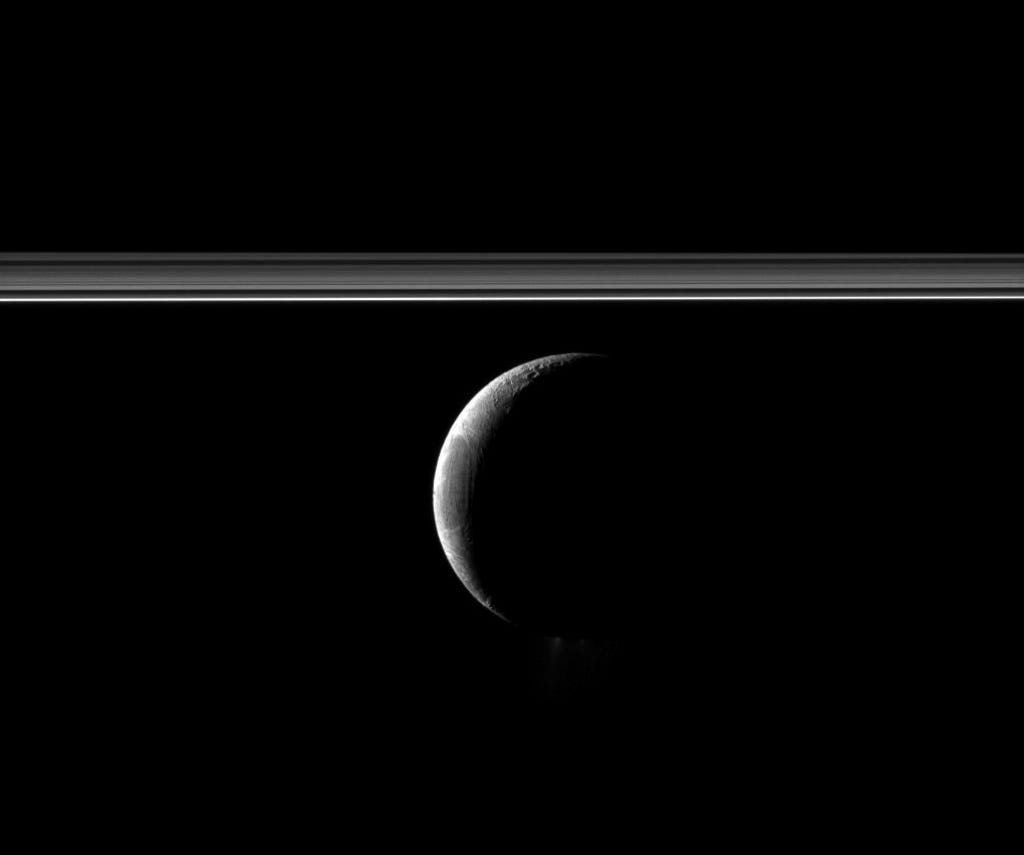
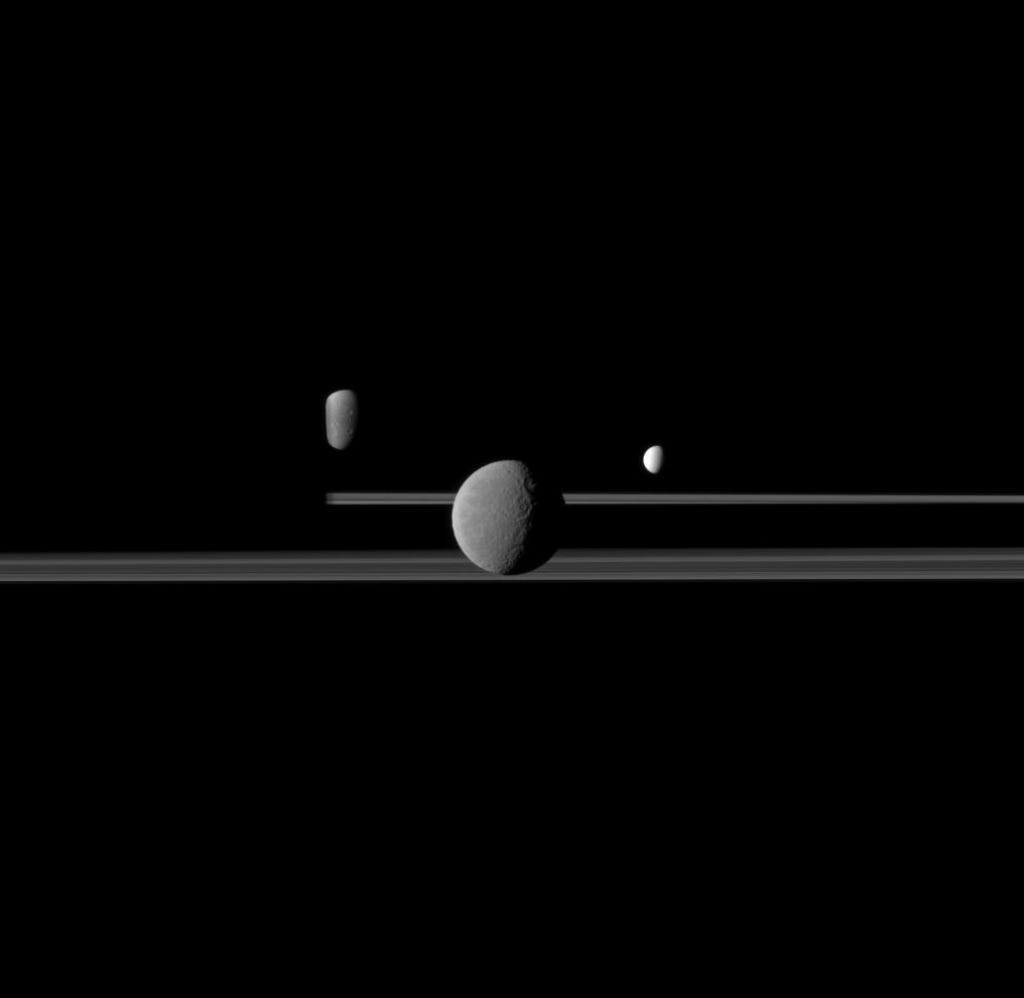
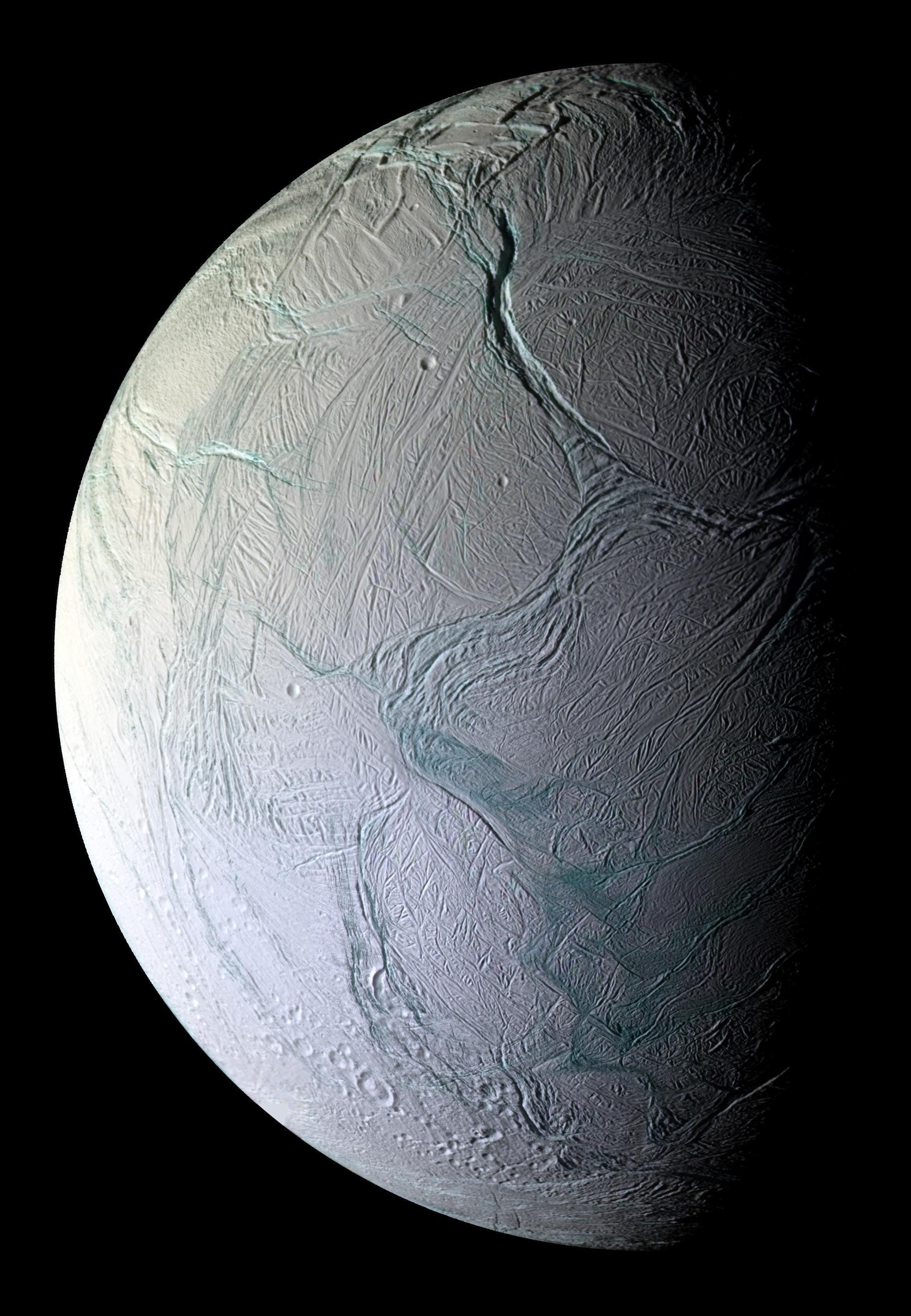
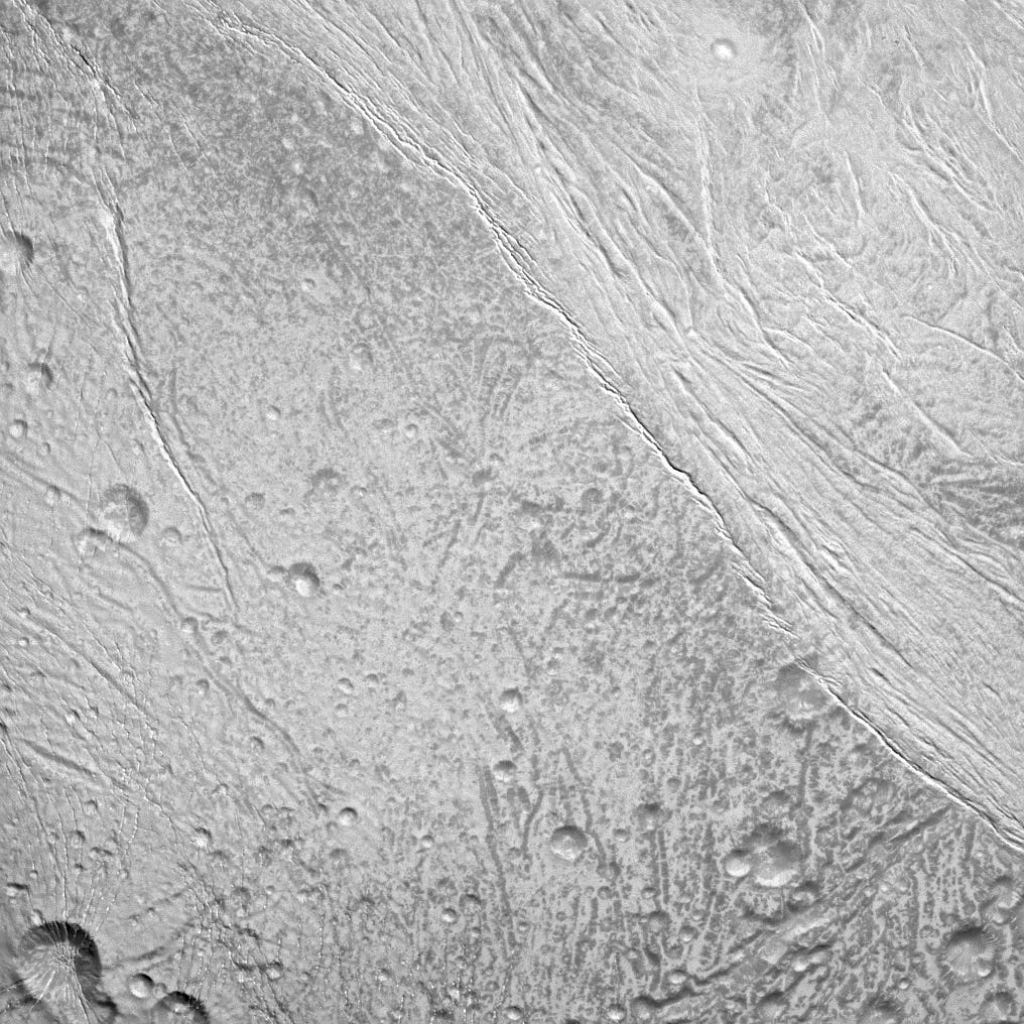
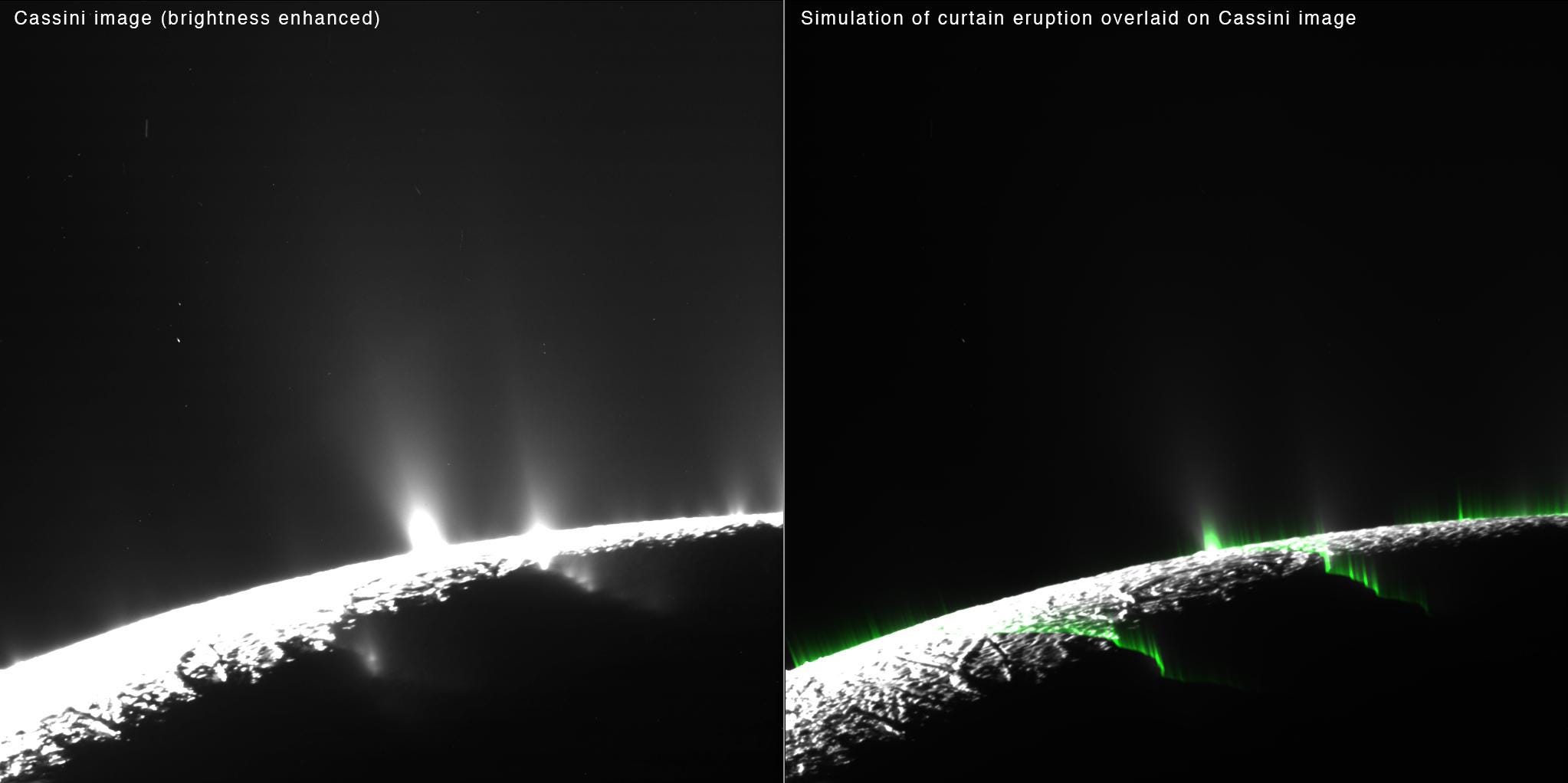
Out beyond Saturn’s main rings lies the brightest, most reflective moon in our Solar System: Enceladus. With a surface made almost entirely of snow and water-ice, Enceladus’ most prominent features are its geysers, which not only can eject plumes many hundreds of miles above the moon’s surface, but which create the entirety of Saturn’s E-ring, the prominent, diffuse ring just beyond the main ones.
With a subsurface ocean, energy from Saturn’s reflected light and heat from the giant planet’s tidal forces, Enceladus is one of the leading candidates for life beyond Earth in our Solar System. A mission that swept through the plumes from its geysers — when they turn on — could potentially search for extraterrestrial life without ever having to set foot on another world.
Despite its similarities to Saturn’s other moons, analyses of the E-ring indicates that the material is very comet-like, perhaps an indication of a different origin for Enceladus than the other moons. Whatever the case, the unique composition, geological features and eruptive nature of Enceladus promises to keep planetary scientists eternally busy, as it has since its discovery in 1789 by William Herschel.
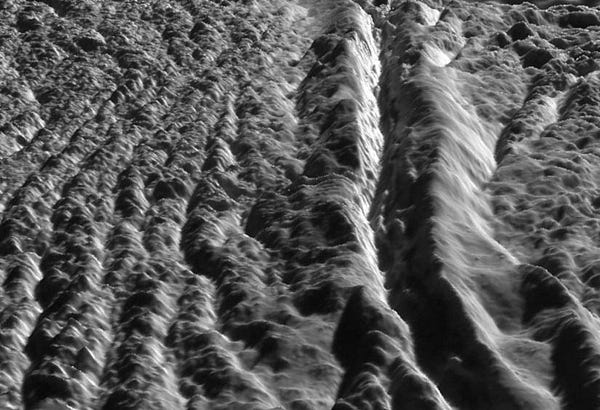
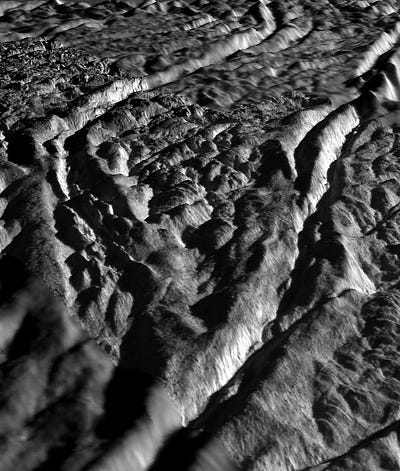
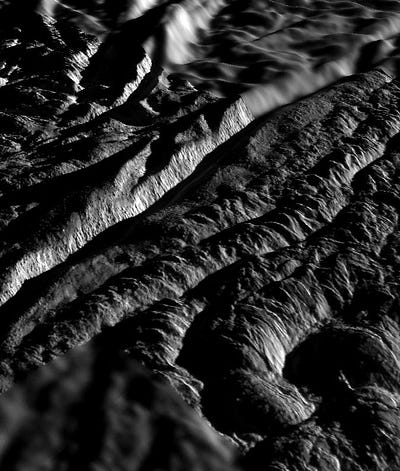
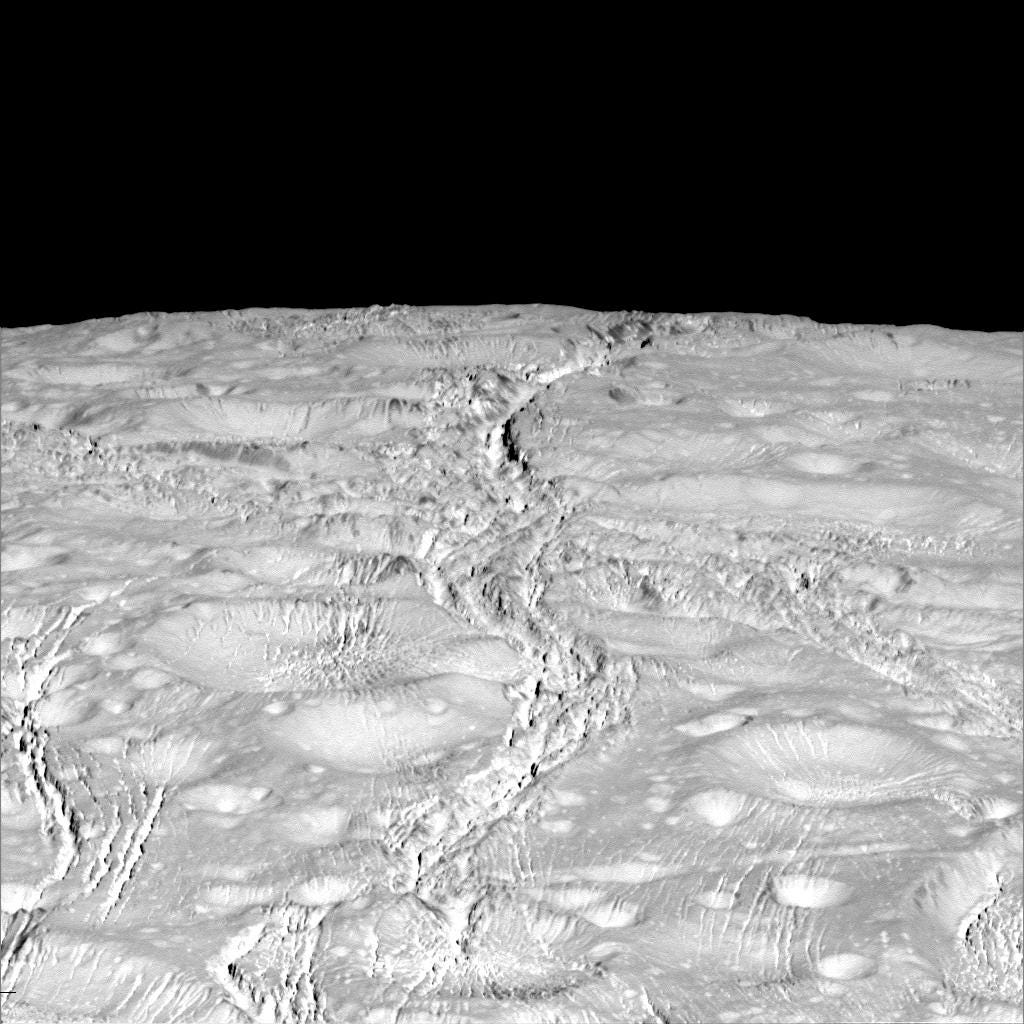
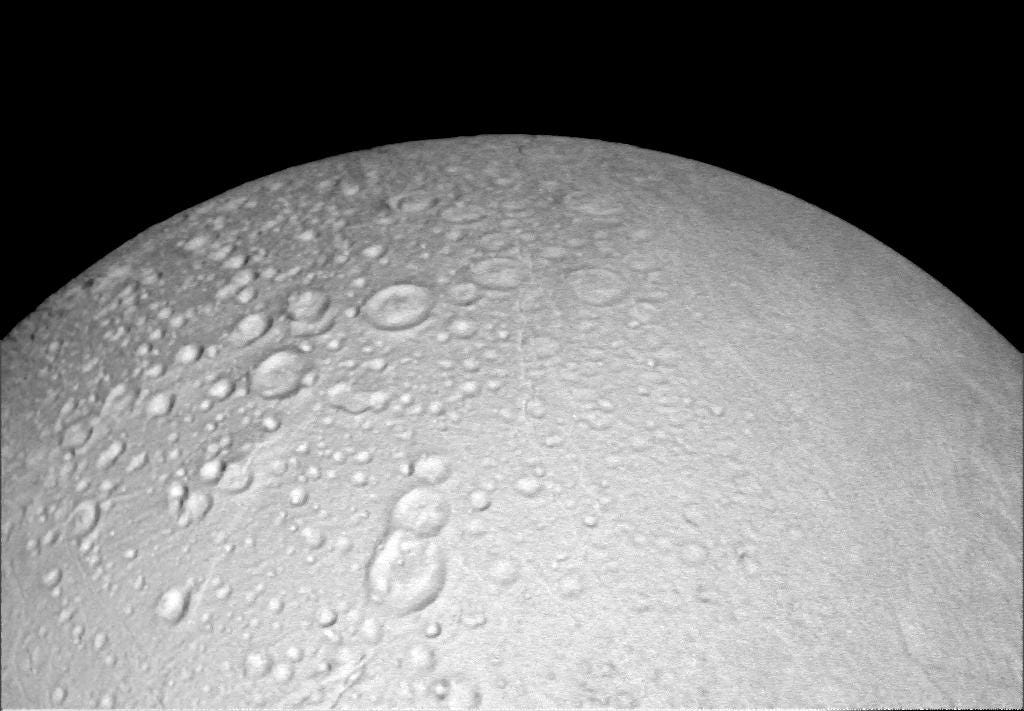
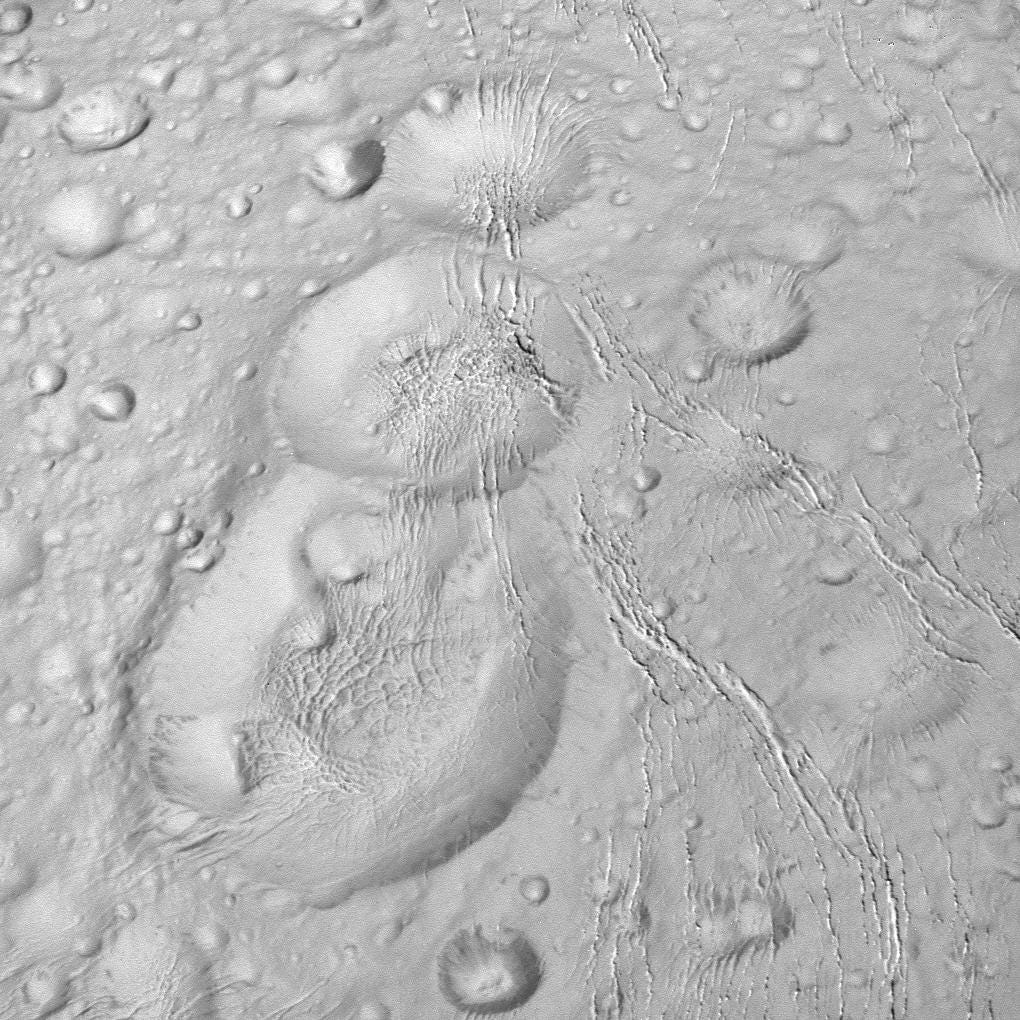


Mostly Mute Monday tells the story of a single astronomical phenomenon or object in visuals, images, video and no more than 200 words.
Leave your comments our forum, and support Starts With A Bang on Patreon!
